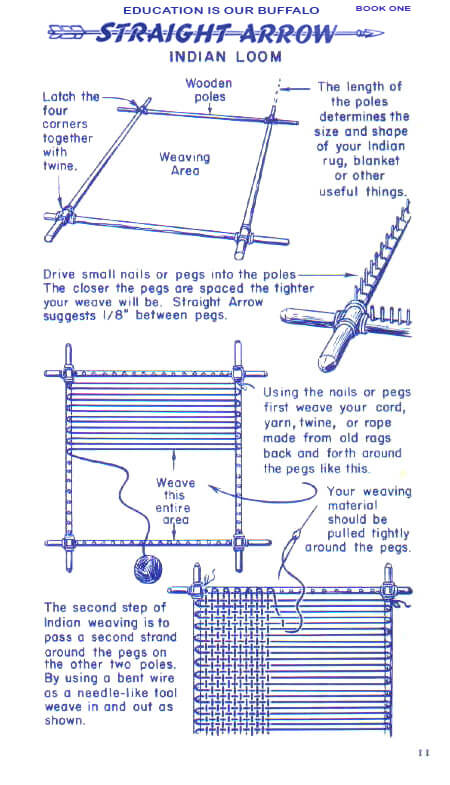
Indian loom
Najavo is a native tribe who use such techniques for tool, making baby carriage and looming. The Navajos brought their weaving traditions to the southwest, but they learned to weave cotton on upright looms from Pueblo cultures. Navajo blankets were mentioned by the first Spaniards who visited the region. The Navajos began importing Bayeta red yarn in the 18th century to complement local black, brown, and white wool, as well as indigo-dyed wool. The Navajos made wonderful utilitarian blankets using an upright loom collected by Utes and Plains Indians. These Chief’s Blankets were distinguished by horizontal stripes and limited red patterning, as only chiefs or wealthy individuals could afford them. Chief’s Blankets have only horizontal stripes in the first phase, red rectangular designs in the second phase, and red diamonds and partial diamond patterns in the third phase.
The completion of railroads had a significant impact on Navajo weaving. Due to the influx of low-cost blankets, Navajo weavers shifted their attention to weaving rugs for a growing non-Native audience. Germantown wool from Philadelphia was also brought in by rail, which was commercially dyed and greatly extended the color palettes of the weavers. Early European-American settlers arrived and established trading posts, often purchasing Navajo rugs by the pound and selling them by the bale back east. Locals were encouraged to weave blankets and rugs in a variety of styles by the traders.

